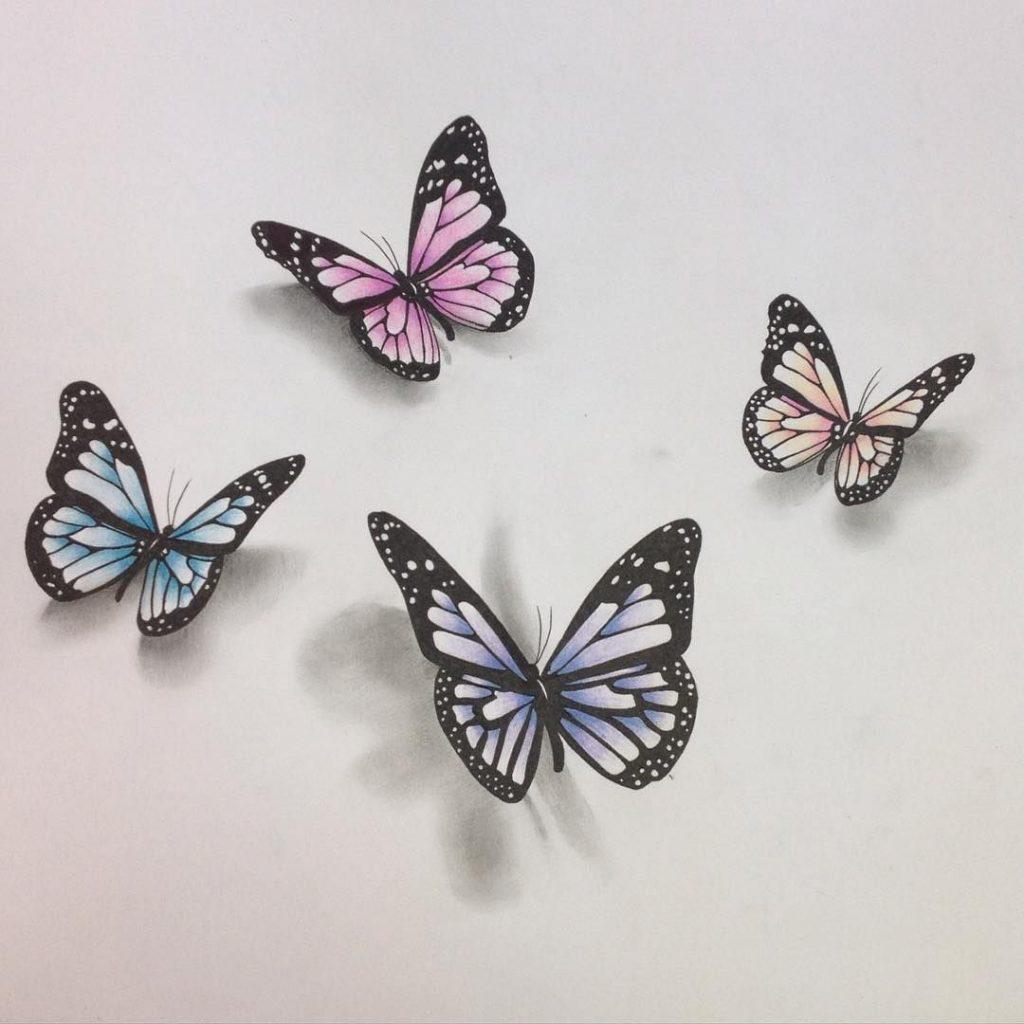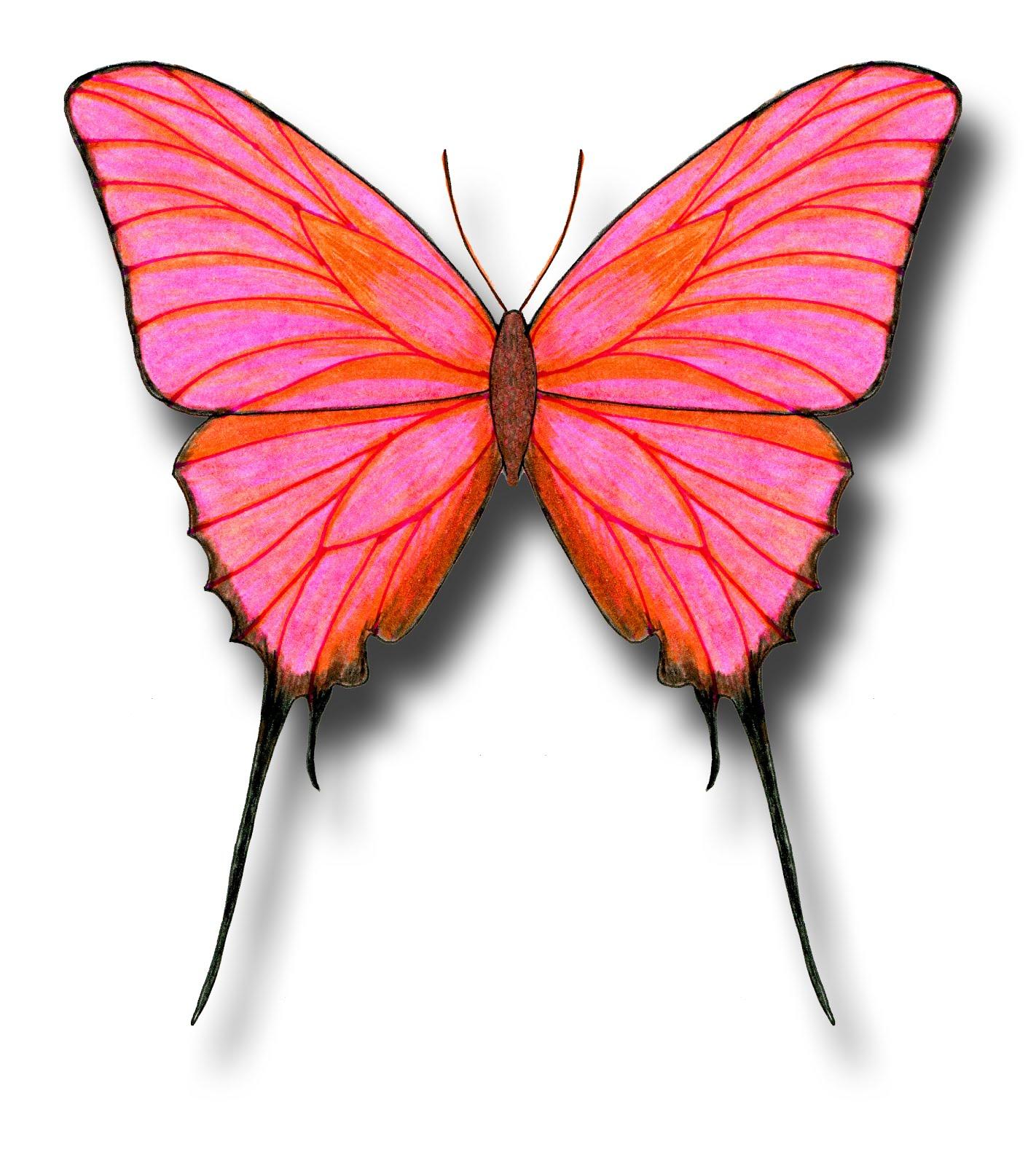Have you ever wondered how to create breathtaking butterfly drawings that truly captivate? Well, you're in luck! Whether you're an absolute beginner or someone looking to refine their skills, this guide will walk you through everything you need to know about butterfly drawing. From understanding the basics to mastering advanced techniques, we’ve got you covered.
Butterfly drawing is more than just putting pencil to paper; it’s about capturing the essence of nature’s beauty in every stroke. These delicate creatures are a symbol of transformation, freedom, and elegance. So, why not bring that magic into your artwork? In this article, we’ll dive deep into the world of butterfly drawing, sharing tips, tricks, and inspiration along the way.
Before we get started, let me assure you that anyone can learn how to draw butterflies. It doesn’t matter if you’ve never picked up a pencil before or if you’re already halfway decent at sketching. The key is practice, patience, and passion. And hey, who knows? You might just discover a hidden talent for creating stunning butterfly art!
Read also:Sy Russell The Extraordinary Journey Of A Visionary Entrepreneur
Why Butterfly Drawing Matters
Understanding the Magic Behind Butterflies
Butterflies aren’t just pretty insects flitting around flowers. They represent so much more—transformation, renewal, and the beauty of life itself. When you start butterfly drawing, you’re not only creating art but also connecting with something deeper. Think about it: every butterfly begins as a tiny caterpillar, goes through metamorphosis, and emerges as a vibrant, winged creature. That journey is powerful, and capturing it in your drawings can be incredibly rewarding.
Here’s why butterfly drawing matters:
- It’s a way to connect with nature.
- It helps improve your artistic skills.
- It’s meditative and relaxing.
- It allows you to express creativity in unique ways.
Plus, let’s be honest—butterflies are just plain cool. Their intricate patterns, vibrant colors, and graceful movements make them perfect subjects for artists of all levels. So, if you’ve ever thought, “I want to try butterfly drawing,” now’s the time to dive in!
Tools You Need for Butterfly Drawing
Before we jump into techniques, let’s talk about tools. You don’t need fancy stuff to start butterfly drawing, but having the right materials can definitely enhance your experience. Here’s what you’ll need:
- Pencils: A good set of graphite pencils (HB, 2B, 4B, etc.) is essential for shading and detail work.
- Eraser: A kneaded eraser is great for lightening lines without smudging.
- Sketchbook: Find one with thick, high-quality paper to handle different mediums.
- Colored pencils, markers, or paints: These are optional but fun for adding color to your butterfly drawings.
- Reference images: Look up photos of real butterflies to study their shapes and patterns.
Now, I know what you’re thinking—“Do I really need all this?” Honestly, no. You could grab a pen and napkin and still create something amazing. But these tools will help you take your butterfly drawing to the next level.
Step-by-Step Guide to Butterfly Drawing
Start with the Basic Shape
Every great butterfly drawing starts with a simple outline. Begin by sketching a small circle for the head and an oval for the body. Then, add two large ovals on either side for the wings. Don’t worry about making everything perfect at this stage—it’s all about getting the basic structure down.
Read also:Vanna White Playboy The Untold Story Youve Been Waiting For
Tip: Keep your lines light and loose. This way, you can easily erase mistakes later on.
Add Details to the Wings
Once you have the basic shape, it’s time to add some details. Start by dividing the wings into sections. Most butterflies have four wings: two upper wings and two lower wings. Use curved lines to create natural-looking divisions.
Here’s a quick breakdown:
- Upper wings: Larger and often more detailed.
- Lower wings: Smaller and sometimes simpler in design.
Remember, symmetry is key when drawing butterfly wings. If one side looks off, your whole drawing might feel unbalanced.
Shading and Texture
Shading gives your butterfly drawing depth and dimension. Use your pencils to add shadows and highlights, paying close attention to how light interacts with the wings. For texture, consider adding tiny dots, lines, or patterns to mimic the scales on a butterfly’s wings.
Pro tip: Study real butterfly wings to understand their texture. Some species have smooth surfaces, while others have more intricate patterns.
Popular Butterfly Species to Draw
Not all butterflies look the same, which makes butterfly drawing so much fun! Here are a few popular species you might want to try:
- Monarch Butterfly: Known for its bold orange and black pattern.
- Blue Morpho: Famous for its striking blue wings.
- Painted Lady: Features a mix of orange, brown, and white colors.
- Red Admiral: Has vibrant red and black markings.
Each species offers unique challenges and opportunities for creativity. Don’t be afraid to experiment with different styles and techniques to bring these amazing creatures to life on paper.
Advanced Techniques for Butterfly Drawing
Using Color Theory
Color plays a huge role in butterfly drawing. To make your artwork pop, consider using color theory principles. For example, complementary colors (like blue and orange) can create striking contrasts, while analogous colors (like blue and green) can produce harmonious effects.
Here’s a quick tip: When coloring butterfly wings, start with lighter shades and gradually build up to darker tones. This will give your drawing a more realistic look.
Experimenting with Mediums
Why stick to pencils when there’s a whole world of art supplies out there? Try using watercolors, acrylics, or even digital tools to create stunning butterfly drawings. Each medium offers its own set of challenges and rewards, so don’t be afraid to step out of your comfort zone.
For instance, watercolors can add a soft, dreamy quality to your butterfly art, while digital tools allow for endless experimentation without worrying about mistakes.
Common Mistakes in Butterfly Drawing
Even the best artists make mistakes, and that’s okay! The key is learning from them. Here are a few common pitfalls to watch out for when drawing butterflies:
- Forgetting symmetry: Remember, butterfly wings are mirror images of each other.
- Overloading on details: Sometimes less is more. Too many patterns can overwhelm your drawing.
- Ignoring proportions: Make sure the body and wings are in proportion to each other.
By being aware of these mistakes, you’ll be better equipped to avoid them and create more polished butterfly drawings.
Where to Find Inspiration
Study Nature
There’s no better source of inspiration than nature itself. Spend some time observing butterflies in their natural habitat. Watch how they move, how their wings catch the light, and how their colors interact with the environment. All of these observations can inform your butterfly drawing.
Explore Art History
Butterflies have been a popular subject in art for centuries. Look at works by artists like Vincent van Gogh, Georgia O’Keeffe, and even ancient cultures to see how they’ve interpreted these beautiful creatures. You might find new techniques or ideas to incorporate into your own butterfly drawing.
How to Improve Your Skills
Like any skill, butterfly drawing takes practice. Here are a few ways to improve:
- Draw regularly: Set aside time each day to practice.
- Take online courses: There are tons of tutorials and classes available for free or for purchase.
- Join art communities: Connect with other artists to share tips and feedback.
Remember, progress takes time. Don’t get discouraged if your early butterfly drawings don’t turn out exactly as you envisioned. Every stroke brings you closer to mastering the art of butterfly drawing.
Conclusion: Start Your Butterfly Drawing Journey Today
So, there you have it—a comprehensive guide to butterfly drawing. From understanding the basics to exploring advanced techniques, you now have everything you need to create stunning butterfly art. Whether you’re drawing for fun or pursuing a career in art, butterfly drawing offers endless possibilities for creativity and expression.
Now it’s your turn! Grab your pencils, sketchbook, and reference images, and start creating. Don’t forget to share your artwork with others and seek feedback—it’s all part of the learning process. And hey, if you enjoyed this article, be sure to check out our other guides on art and creativity. Happy drawing!
Table of Contents
- Why Butterfly Drawing Matters
- Tools You Need for Butterfly Drawing
- Step-by-Step Guide to Butterfly Drawing
- Popular Butterfly Species to Draw
- Advanced Techniques for Butterfly Drawing
- Common Mistakes in Butterfly Drawing
- Where to Find Inspiration
- How to Improve Your Skills
- Conclusion: Start Your Butterfly Drawing Journey Today

